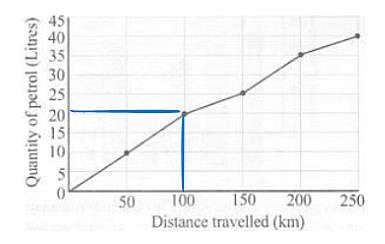Test: Smart Charts - 1 - Class 5 MCQ
10 Questions MCQ Test Mathematics for Class 5: NCERT - Test: Smart Charts - 1
Direction: The given bar graph shows the number of residents in 6 cities. Study the graph and answer the question.
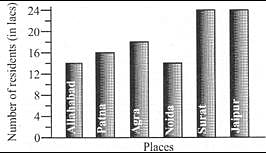
Q. There were 18 lacs residents residing in ____.

Direction: The given bar graph shows the number of residents in 6 cities. Study the graph and answer the question.
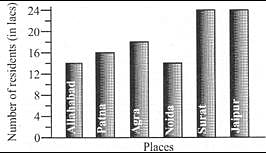
Q. How many more residents were residing in Surat than in Agra?

Direction: The given bar graph shows the number of residents in 6 cities. Study the graph and answer the question.

Q. How many residents were there altogether in the 6 cities?

Direction: The given bar graph shows the number of viewers who watched the 4 channels. Study the graph and answer the question.
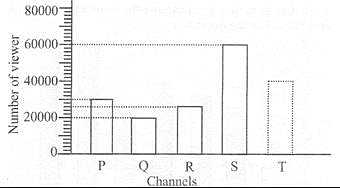
Q. How many more viewers watched Channel S than Channel Q?
Direction: The given bar graph shows the number of viewers who watched the 4 channels. Study the graph and answer the question.
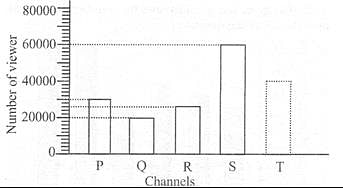
Q. There were 150000 viewers altogether. How many viewers watched Channel T?
Direction: The Sine graph shows the quantity of petrol Ankit used and the distance his car travelled. Study the graph answer the question.
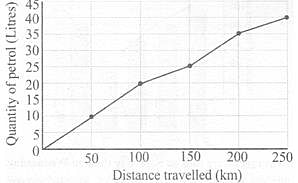
Q. What distance was travelled with 20 litres of petrol?
Direction: The Sine graph shows the quantity of petrol Ankit used and the distance his car travelled. Study the graph answer the question.
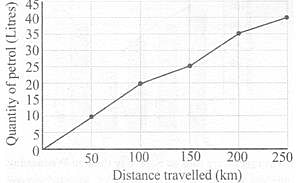
What distance was travelled with 25 litres of petrol?
Direction: The Sine graph shows the quantity of petrol Ankit used and the distance his car travelled. Study the graph answer the question.
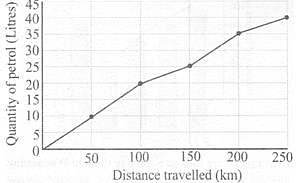
Q. What distance was travelled with 35 litres of petrol?
Direction: Study the graph and answer the question.
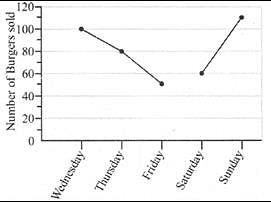
Q. The sum of the greatest number of burgers and the smallest number burgers sold is
Direction: Study the graph and answer the question.
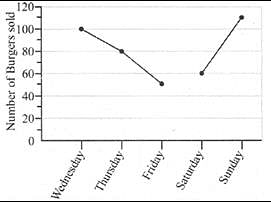
Q. Find the difference between the burgers sold on Wednesday and Saturday?
|
28 videos|169 docs|41 tests
|



